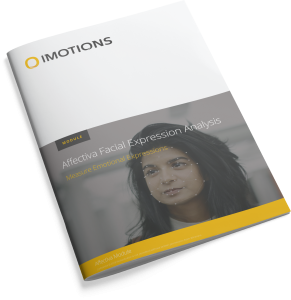This research used a novel method in which biometric data and data envelopment analysis (DEA) (a statistical tool generally used for multi-criteria decision making) were used to assess advertising effectiveness. Facial detection and eye-tracking analyses were used to measure participants’ reactions to 14 real estate advertisements. Each of the 14 advertisements had been suggested to a real estate company by a creative advertisement company for a real upcoming advertising campaign in Modern Living for Males and Females. A total of 20 females and males, each of whom wanted to purchase a property, participated in this study. The real estate company was not sure which advertisement to select or which advertisement would be more effective in relation to the male and female target markets. The eye-tracking analysis provided useful information in relation to advertisement design efficiency and cue saliency, which can also affect participants’ emotional responses. DEA was employed to process attention, engagement, and joy provoked by the advertisements. The advertising materials were then benchmarked for each gender using the R studio and R Core Team and a robust DEA for the R (rDEA) package. Furthermore, we used an output-oriented model and variable returns-to-scale to identify the advertisement which maximized the positive emotional responses of each gender, revealing significant differences between males and females in relation to ad effectiveness.
Methodology
This study used 14 print advertisements as part of its experimental design (see Table 1). Each advertisement was created by an advertisement company in India for a real estate company’s actual advertising campaign. The research team approached the real estate company, which was developing an upcoming campaign focusing on Modern Living for Males and Females. The real estate company wished to identify which advertisement would be more effective in targeting their male and female customers. An iMotions biometric research platform was used to test all of the selected advertisements.














